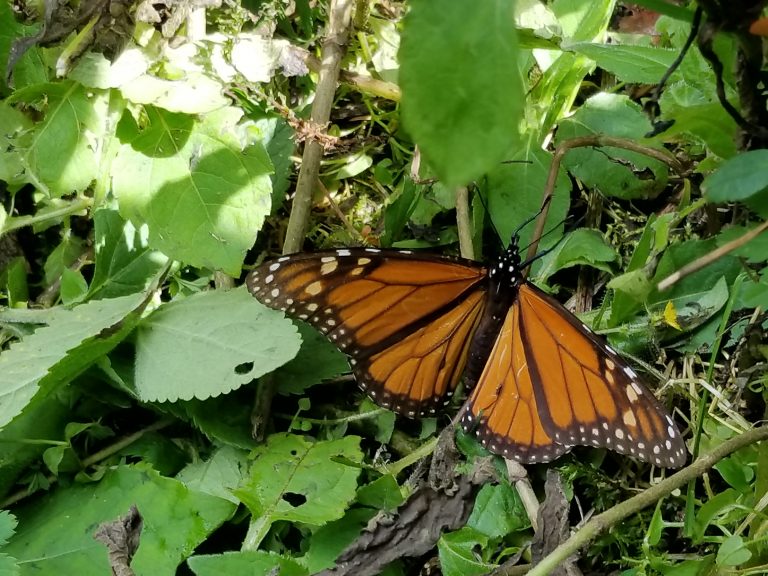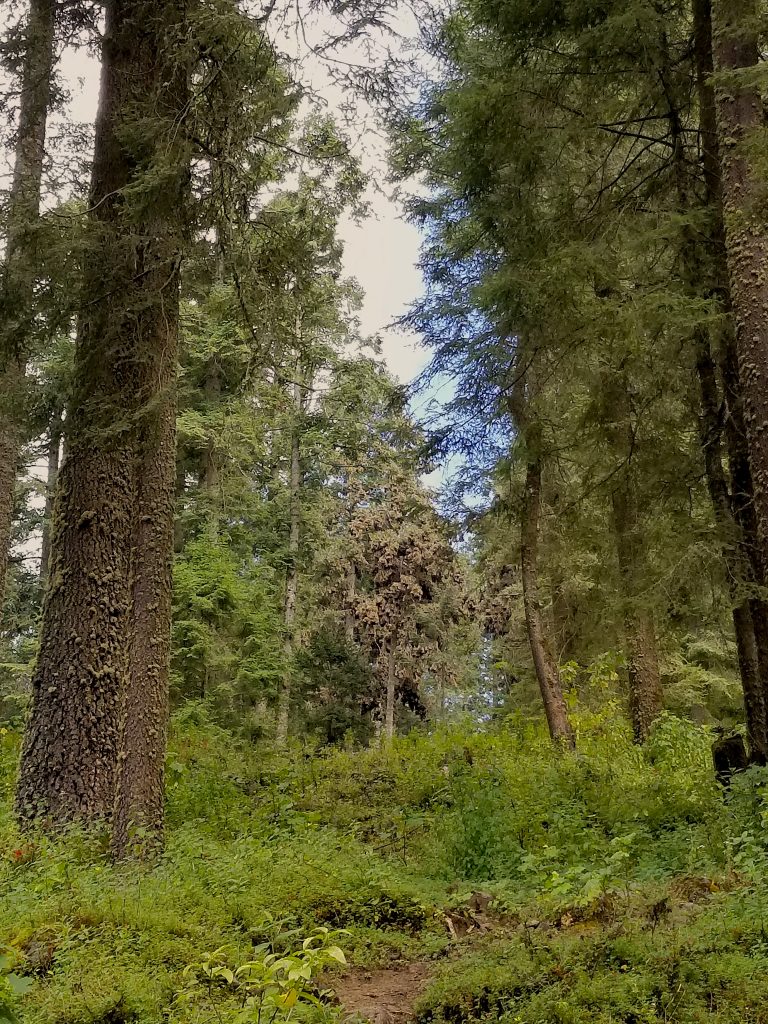Now that fall is here in Canada, and the USA, Monarch butterflies have begun their migration to the high mountain forests of Mexico where they remain from October until March. They group in breathtakingly beautiful clusters that weigh down the branches of trees, a sight every human should add to their bucket list.
Each year, monarch butterflies make the nearly 5000 km journey to Mexico, a seemingly impossible trek for such a small and delicate butterfly. Through various surveys, one in particular performed at the Monarch Butterfly Biosphere Reserve in Mexico by WWF, co-ordinated with Mexico’s National Commission for Protected areas, it has been discovered that monarch butterflies are occupying close to 15% less forest than they did in December 2016.
Since 1996, when monarch butterflies occupied 18.2 hectares of forest to 2017, we’ve seen a decline to just 2.5 hectares. This is a shocking and worrying decline, one that is largely affected by climate change, deforestation in Mexico, and the loss of milkweed crops.

Here’s how you can help:
There are a few small things you can do to help protect monarch butterflies and support them along their long journey to Mexico:
Plant Milkweed
Milkweed is where female butterflies will lay their eggs so that when they hatch the caterpillars can feed. Milkweed grows quickly in backyards and fields, so consider planting some in your yard. Or, talk to your local parks committee to see how they can help support monarch butterfly conservation through milkweed growth.
Grow Pollinator Plants and Flowers
In addition to growing milkweed, plant other pollinator-friendly plants for adult monarchs to collect nectar. Grow similar plants in community gardens, to increase your impact!
Don’t Use Pesticides
This may seem like a given, but pesticides are significant problems for insects. The use of pesticides in gardens and farms contributes directly to declining butterfly numbers, and the best way to support monarch conservation is through avoiding pesticides.
Become a Citizen Scientist
Look for local efforts that allow you to join tracking efforts, data collection, and more.
Support Conservation Efforts
If you do not have a yard or a garden you can plant monarch supportive plants, consider donating to conservation efforts that are working hard to protect these delicate creatures. Organizations like WWF, NFWF and others, make efforts to restore habitats, educate the public, and fight climate change. Support organizations that you trust!

If you’d like to learn more about the monarch butterfly migration, some of the pioneering studies and conservation efforts, and more check out the documentary Flight of the Butterflies.
In addition, support tour operators that are making efforts to protect and conserve wildlife around the world, such as, Natural Habitat Adventures. Check out their incredible tour to Mexico where you can witness this incredible spectacle.
You may also consider taking the KEEPitWILD Pledge and be a hero for wildlife of all species. By taking the pledge, you are committing to mindful travel practices, and joining dozens of travel companies, influencers, and hundreds of other like-minded travellers in protecting those that cannot protect themselves.
